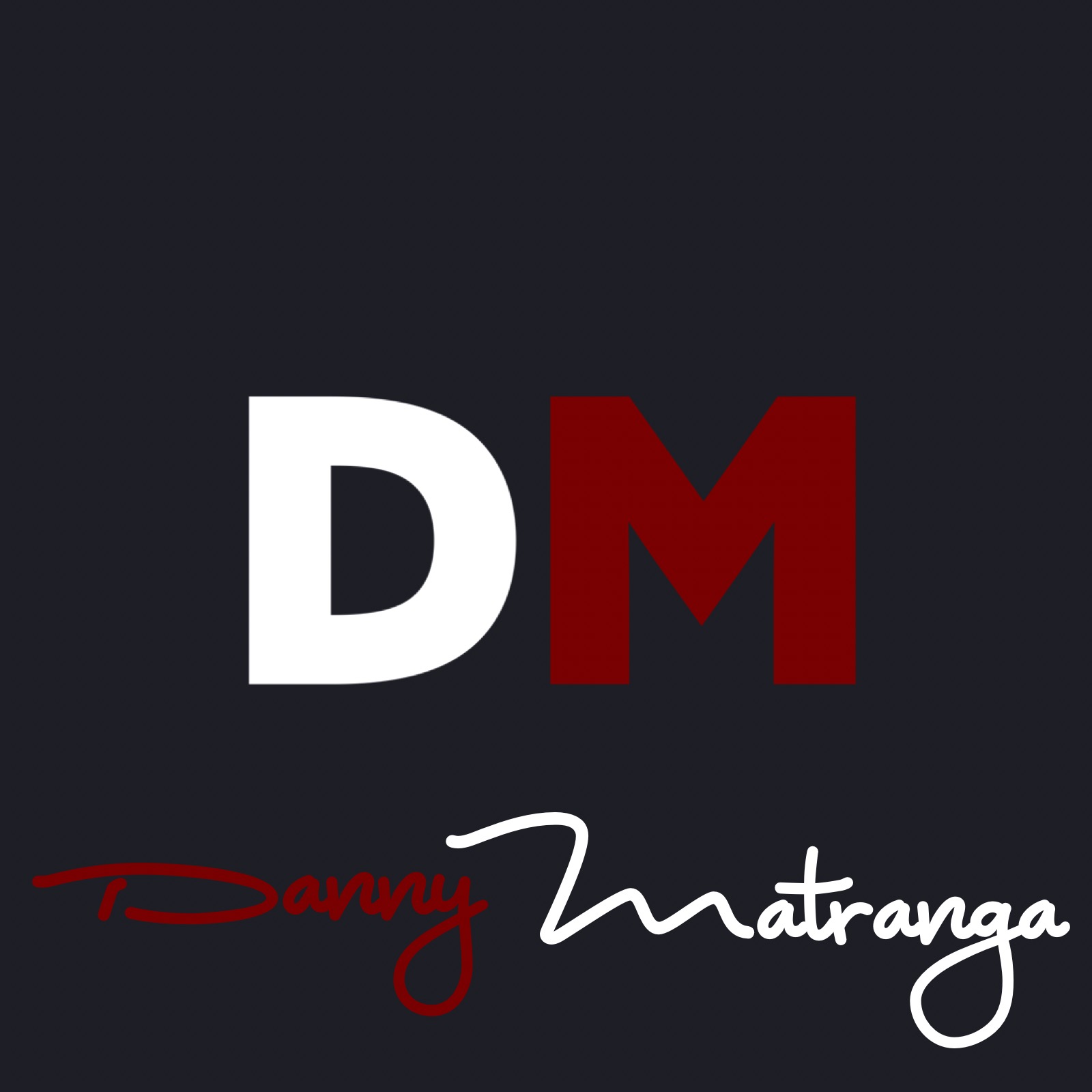The Case for Supersets + Three I Love
Supersets have been both “in” and “out” over the years. I don’t think they are revolutionary, and they’re certainly not the “secret technique to unlock unlimited muscle growth” they were promised to be by the old bodybuilding magazines.
Unfortunately, there’s nothing really fancy about supersets at all. What they really are is a time saver with a side of being able to increase some local metabolic stress. And this is more than enough to give them utility in my mind.
Doing more work in less time isn’t for everyone. Strength sports like powerlifting demand doing more work in the most time possible - the longer the rest period the better people tend to perform. The same can be said of sprint and power work. But for those who want to build muscle, and those who just plain don’t have all day to lift - supersets can be a fabulous way to concentrate more work into less time. IF you do them right. Which sadly, most don’t.
There are four primary types of supersets that I use with clients, each one has a unique training effect inside of helping us do more work in less time. The four are:
Pre-Fatigue: These supersets usually fatigue a particular muscle of a muscle group with an isolation exercise before performing a compound exercise that targets that muscle and surrounding muscles likely to be involved. EXAMPLE: Performing a dumbbell lateral raise (medial deltoid) before a dumbbell overhead press (front deltoid, medial deltoid, anterior deltoid, triceps).
Post-Fatigue: Post fatigue supersets effectively act as the inverse of pre-fatigue. They act to add volume to a specific muscle group using an isolation exercise following a set of a compound exercise that targets other muscles in the same area or movement pattern: EXAMPLE: Performing a dumbbell shoulder press (front deltoid, medial deltoid, anterior deltoid, triceps) followed by a dumbbell lateral raise (medial deltoid).
Compound: Compound supersets are supersets that usually train the same muscle group and often are performed as “mechanical drop sets” moving form a more complex exercise to a less complex exercise. EXAMPLE(S):
Bicep Curl followed by Hammer Curl (traditional, no technique drop off)
Pushup followed by Pec-Fly (mechanical drop set).
Antagonist: These supersets hit antagonist muscle groups or antagonist motor patterns. EXAMPLE(S):
Dumbell Bent Over Row followed by Dumbell Bench Press
Reverse Lunge followed by Single-Leg RDL
Bicep Curl followed by Tricep Extension
These are the primary types of superset I use in my practice with clients. I find they work well, help us get more work done in less time, and place more of the stress where we want it and less of it where we don’t.
If you follow these outlines, you shouldn’t have many issues using supersets to increase metabolic stress, strategically apply volume and get more work done in less time - safely.
Don’t think just because you add a superset in, it literally makes that set “super”. The exercises and reps still need to be performed with good technique, tempo considerations, and intent. You can’t just go FAST, because you are in a time crunch. A superset foregoes a rest period, it doesn’t unnecessarily speed up weight lifting.
As a whole I have yet to have a client I that was too de-conditioned or too strong for supersets, they simply work for everyone as they scale easily based on the exercises you select.
Here are three supersets I really like, that you can try today, for three different fitness levels:
Beginner (Antagonist Superset): OHP/Chin-Up: I love this for beginners or even advanced trainees who are in a time crunch to complete an upper body session. The vertical nature of these push/pull exercises work great. The chin-up can be regressed to something like a lat-pulldown or a banded/assisted chin-up and the overhead press can be done with dumbells.
Intermediate: (Pre-Fatigue) Pec Fly > Pushup: This is a great pre-fatigue drop set. Fatiguing the pec with an isolation exercise then adding more stress to that tissue with a safer, stable option like a push-up can really punish the pecs.
Advanced (Antagonist Superset): KB Swing/KB Goblet Leg Burnout: This one is absolutely nasty. Using one implement (a kettlebell) cuts rest time down even further. This antagonist superset fries the posterior chain and the quads - hitting every muscle fiber in your legs. I like to challenge myself by doing this as a 1-2 set “finisher” to wrap a leg day.
